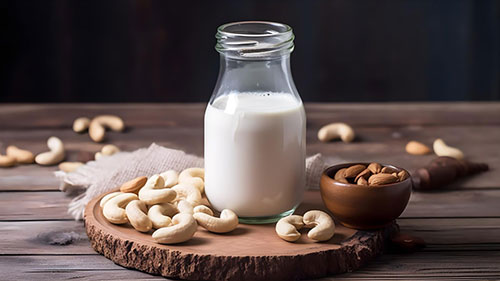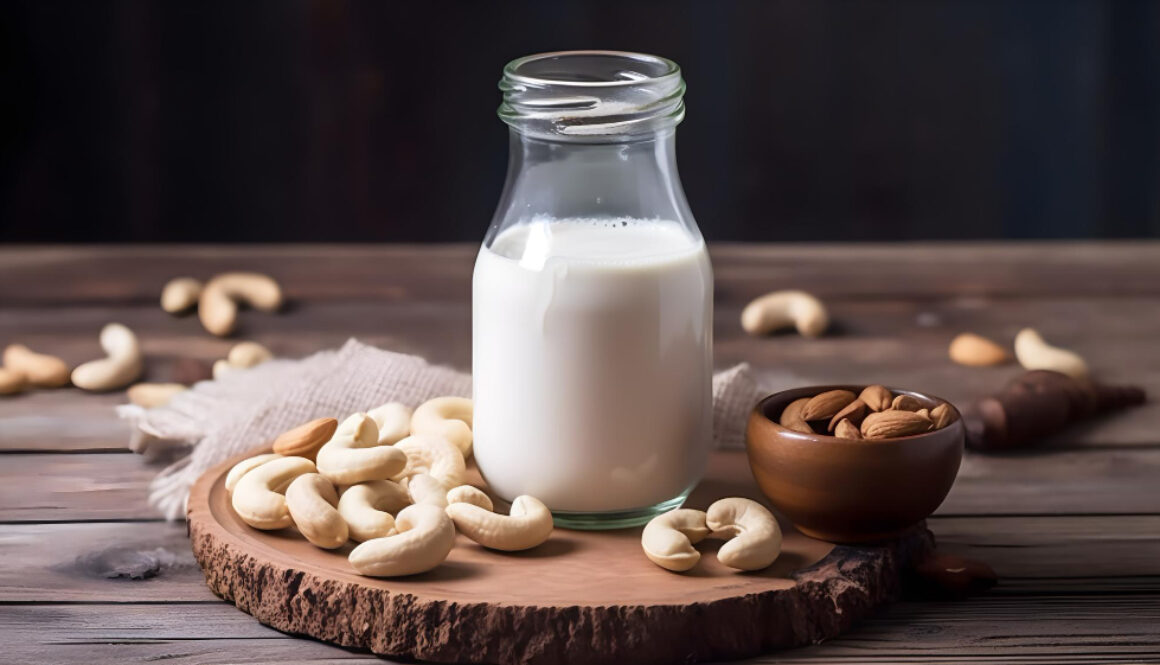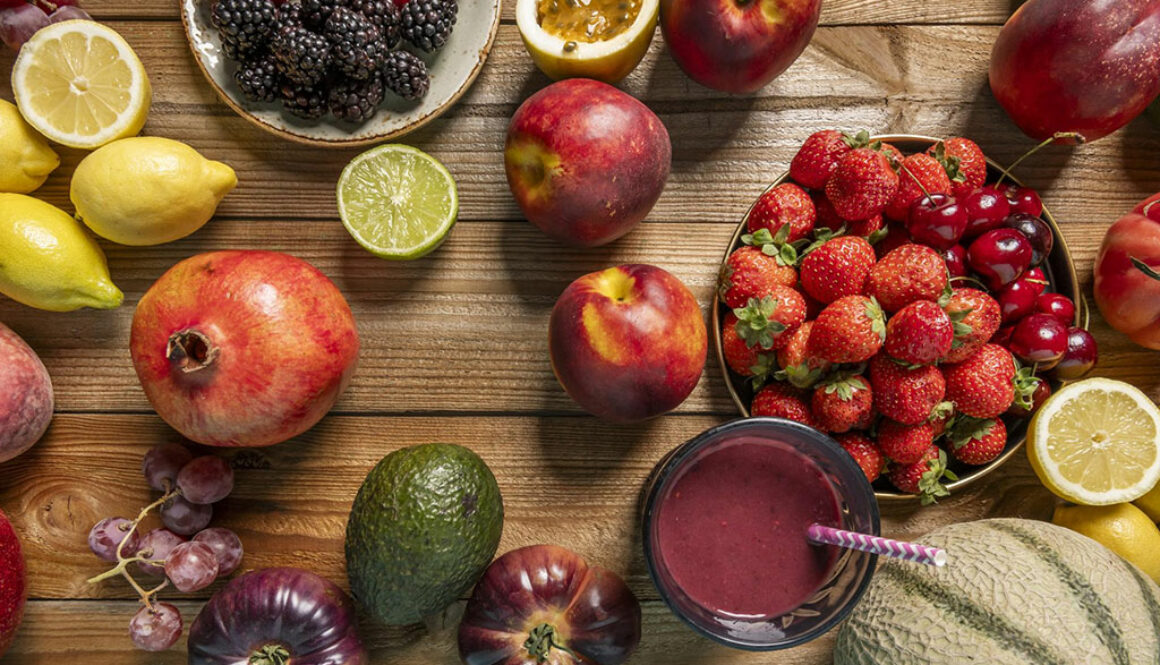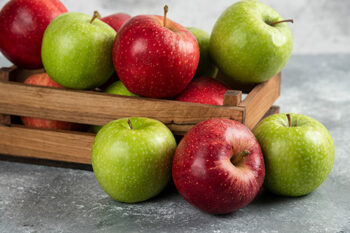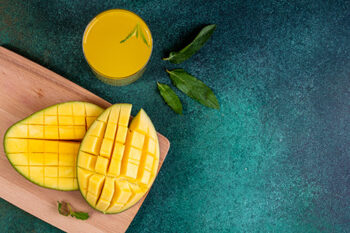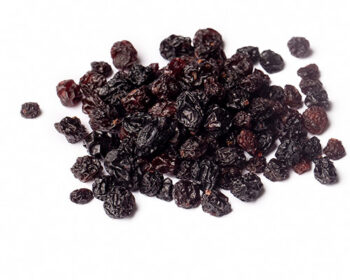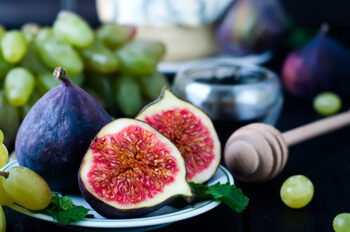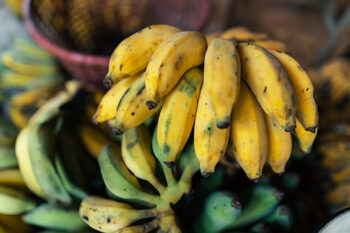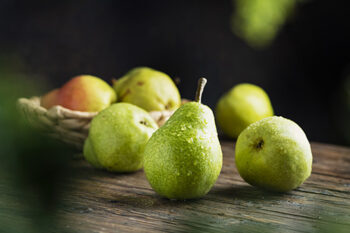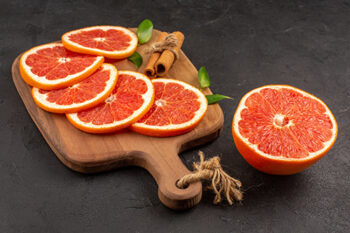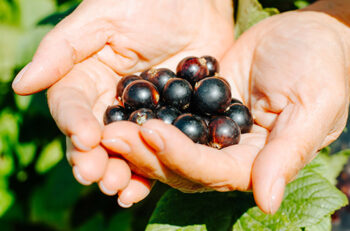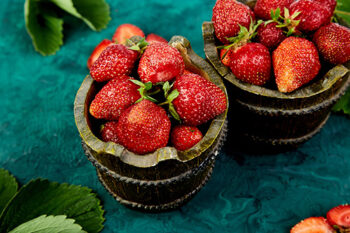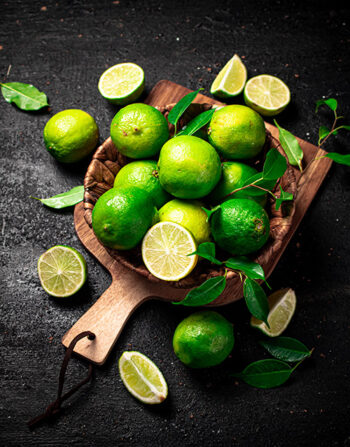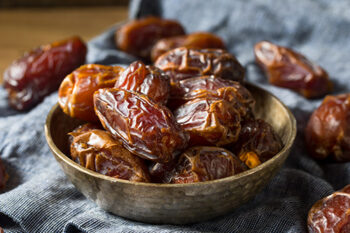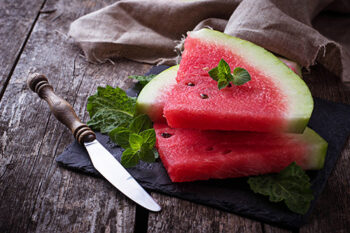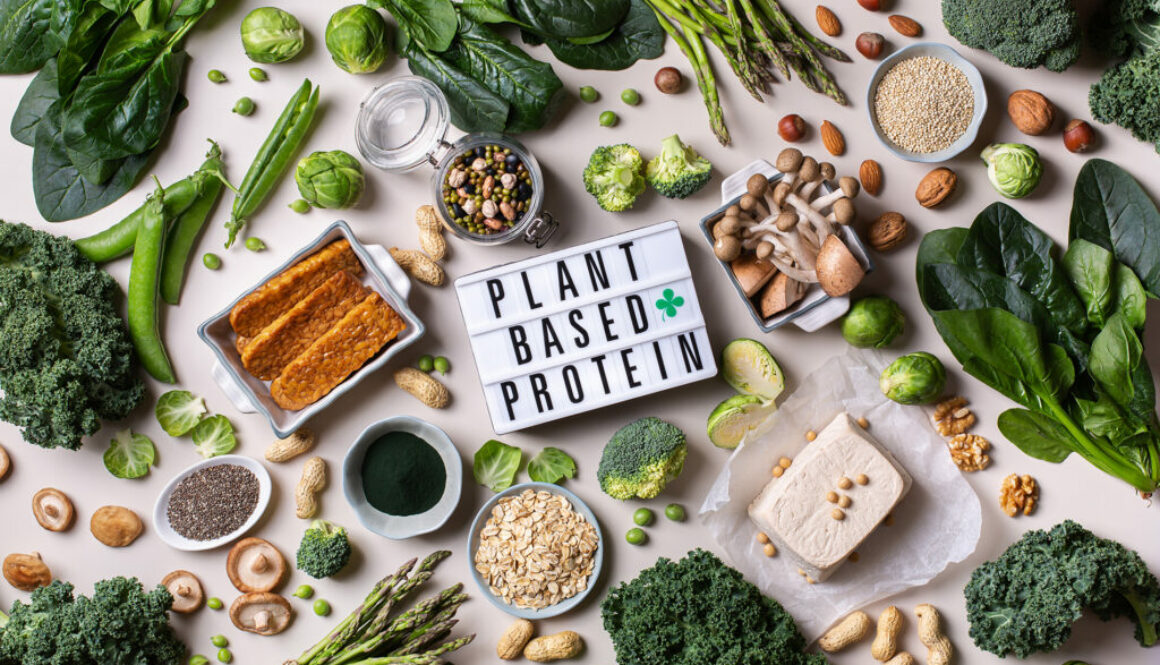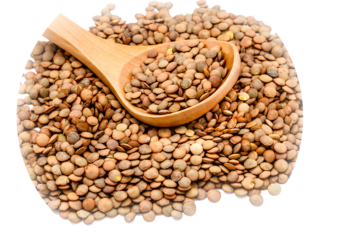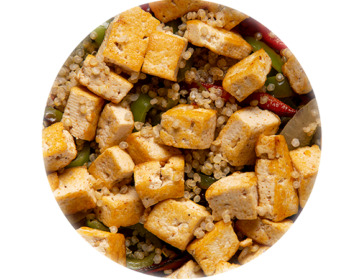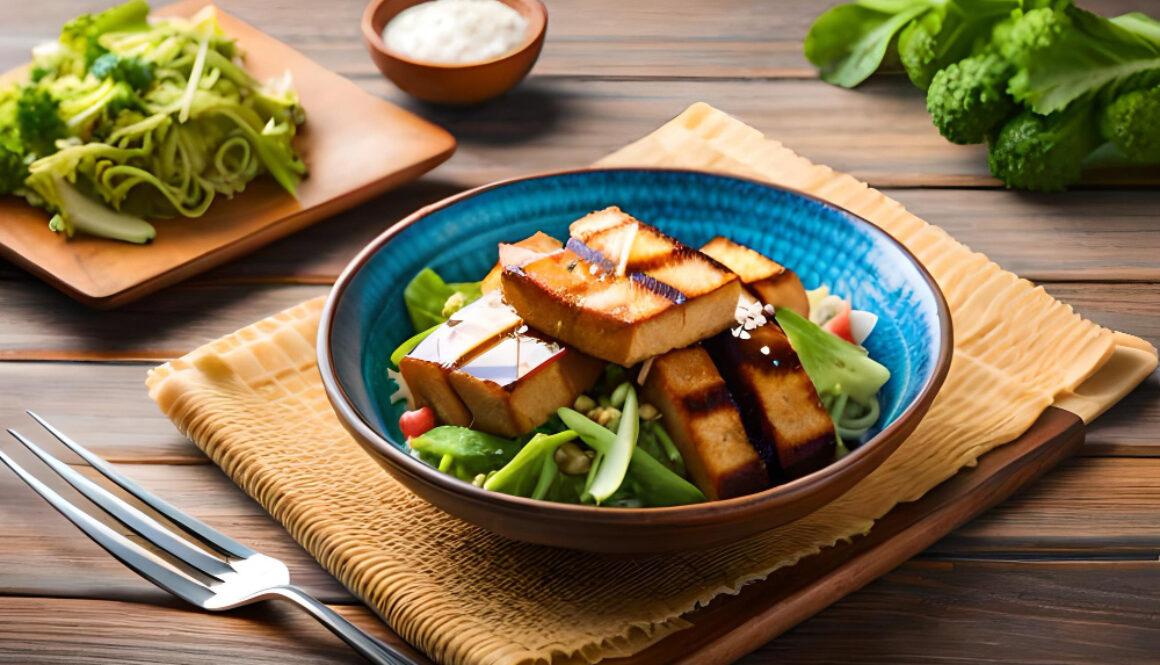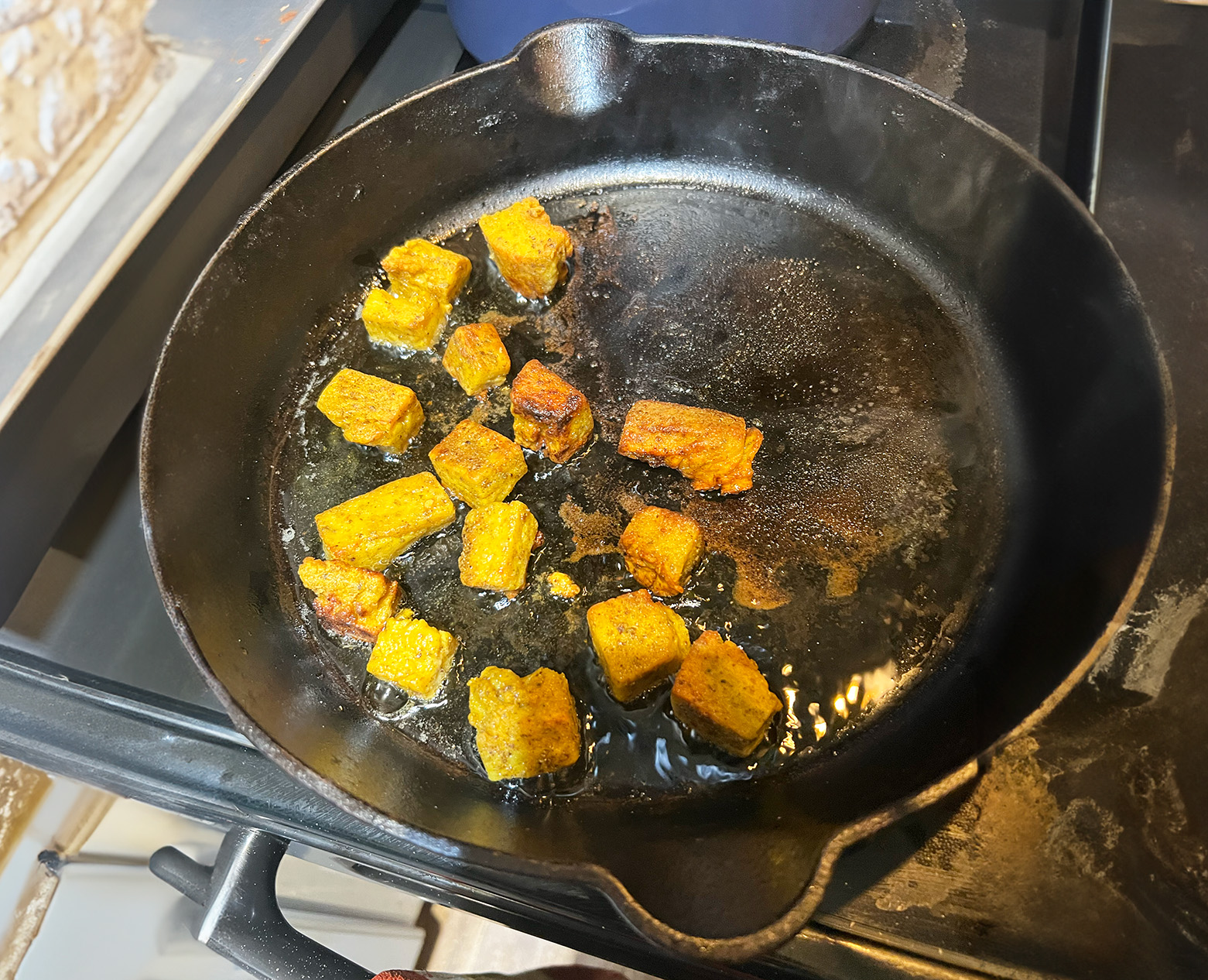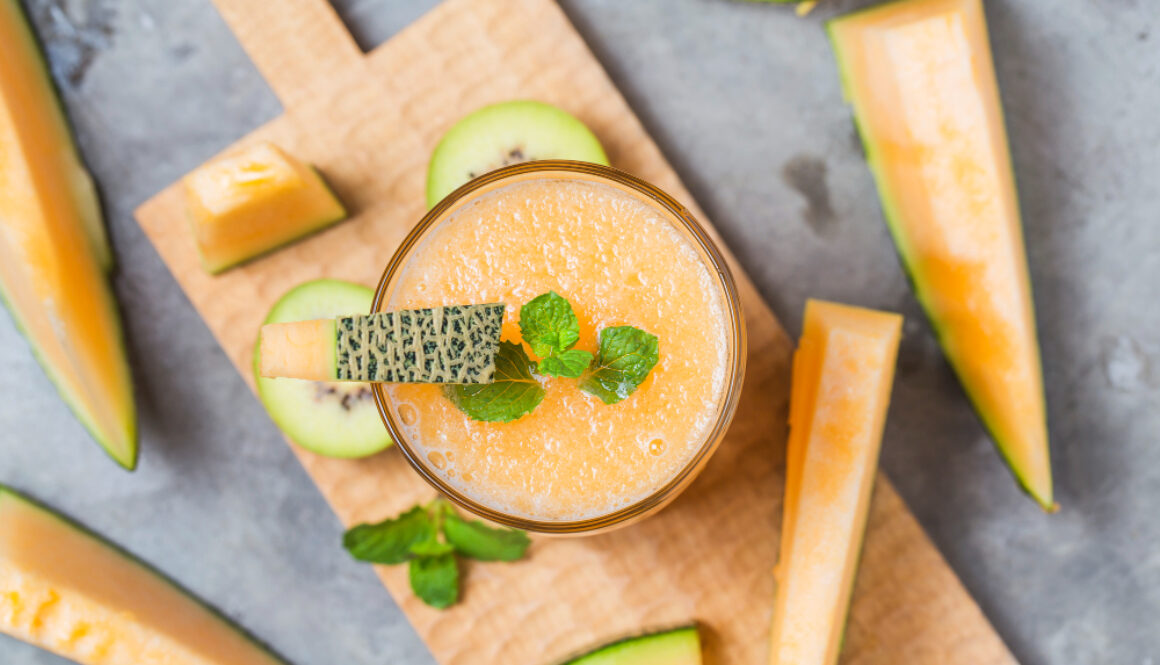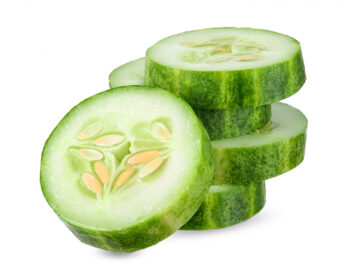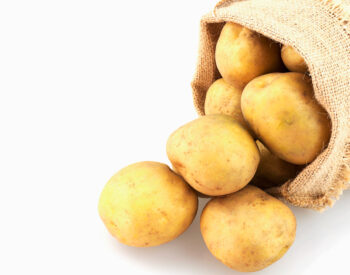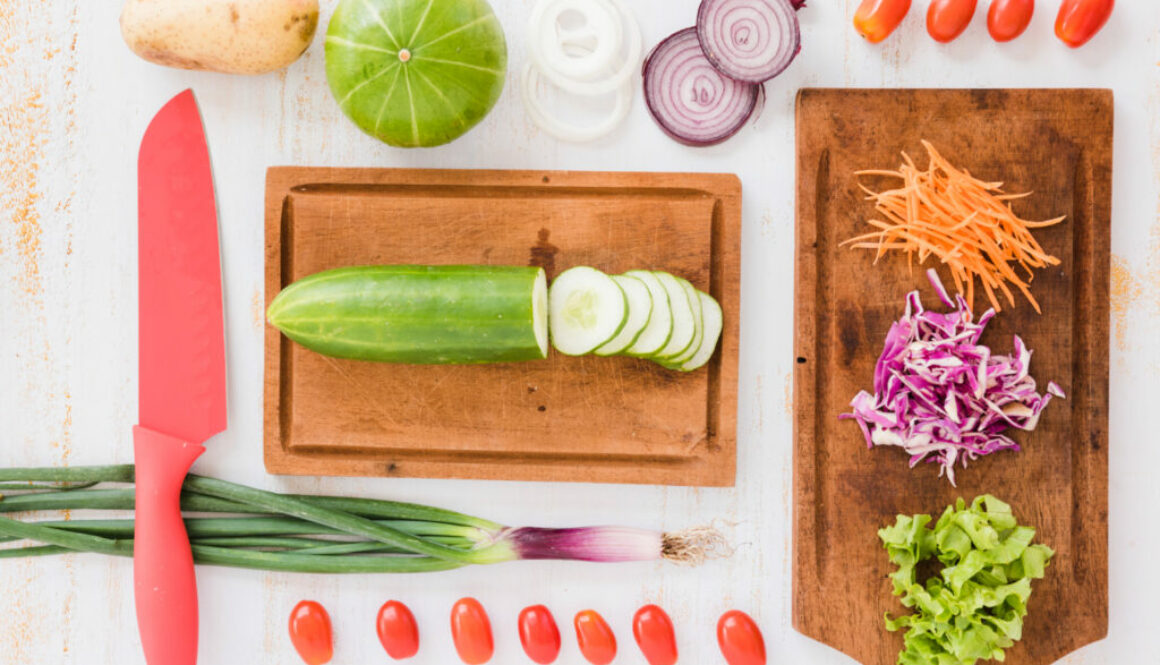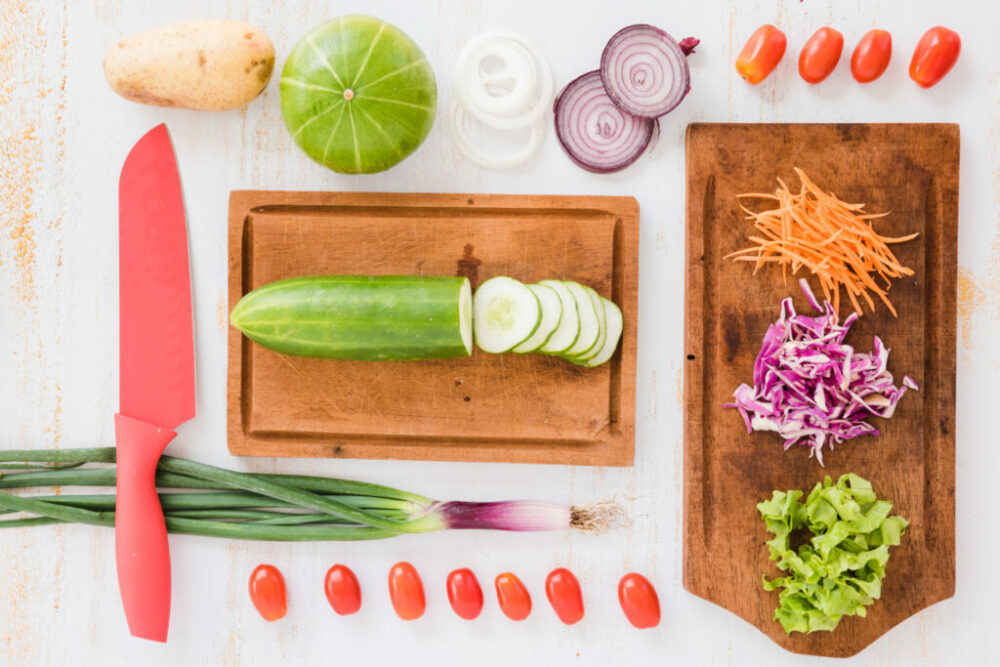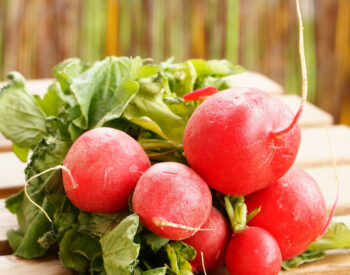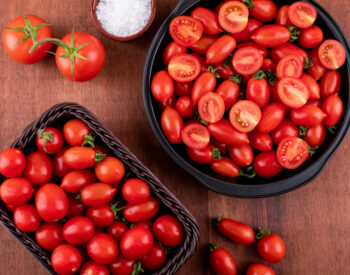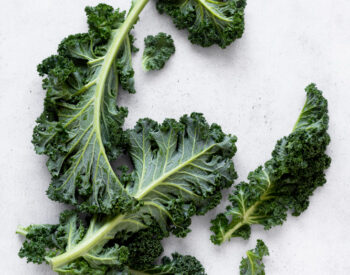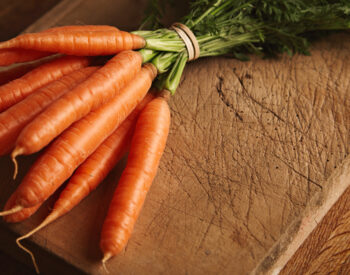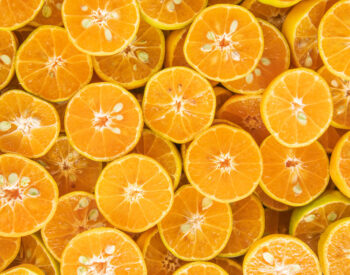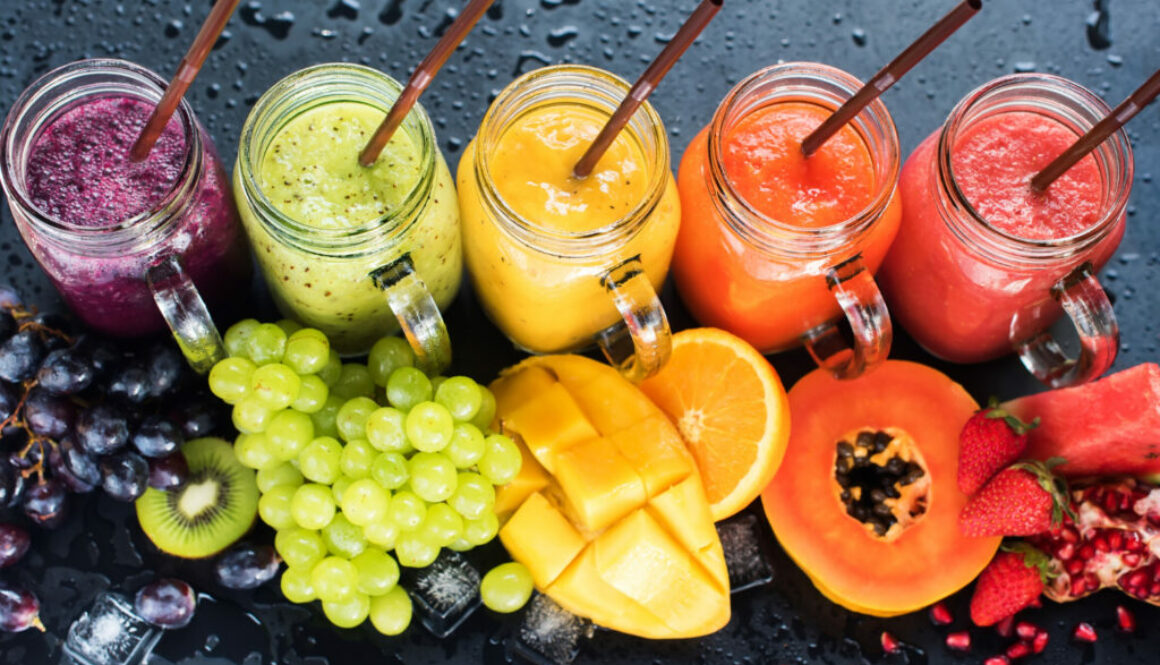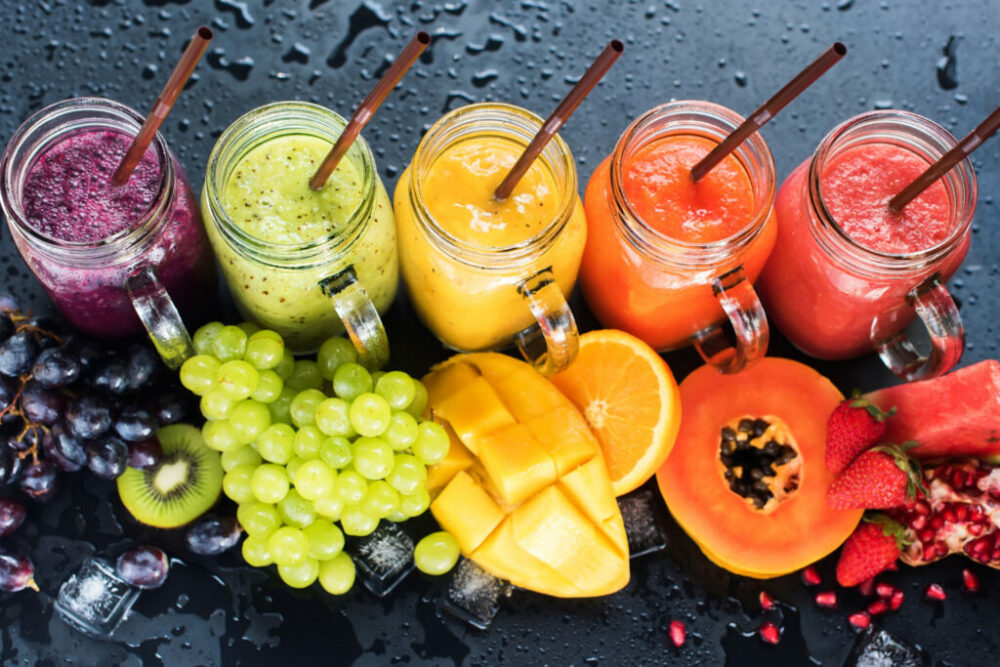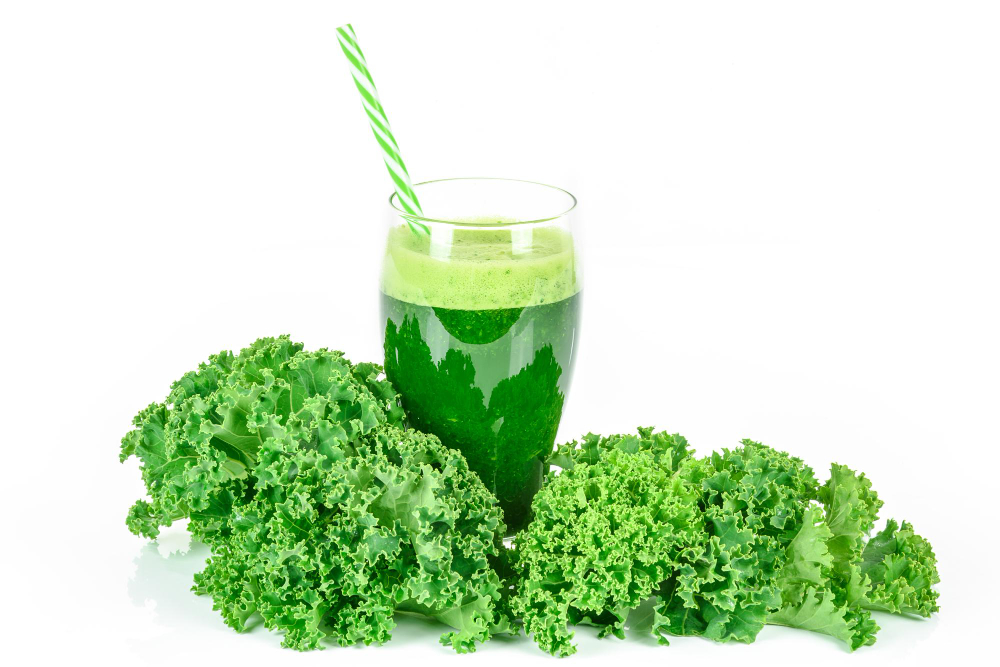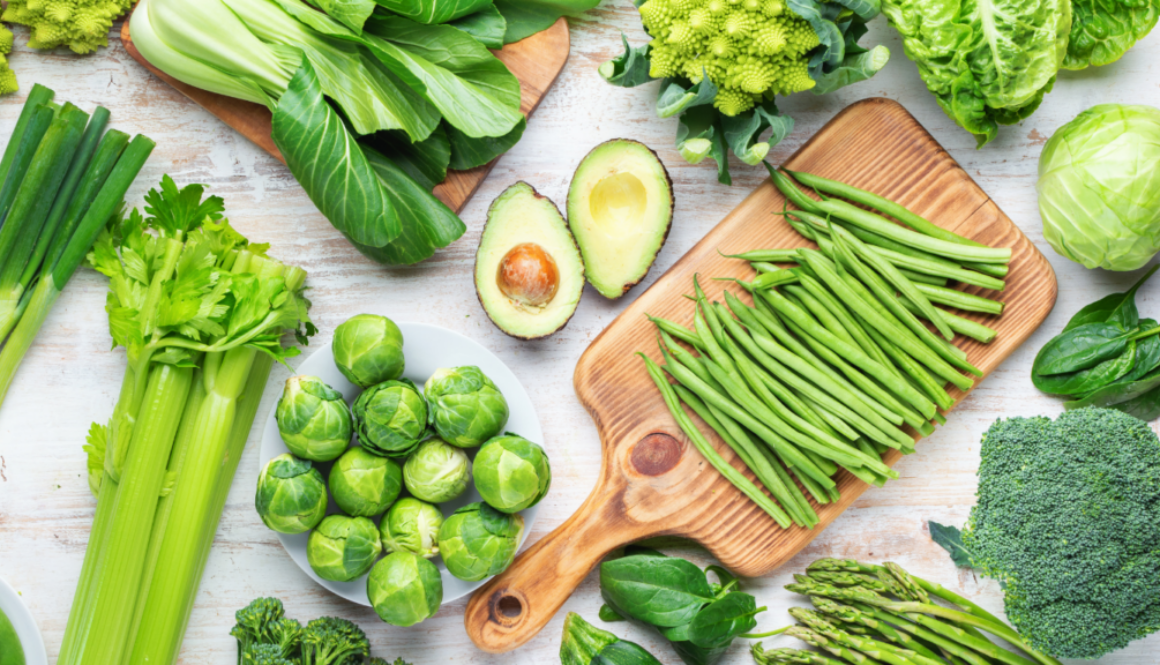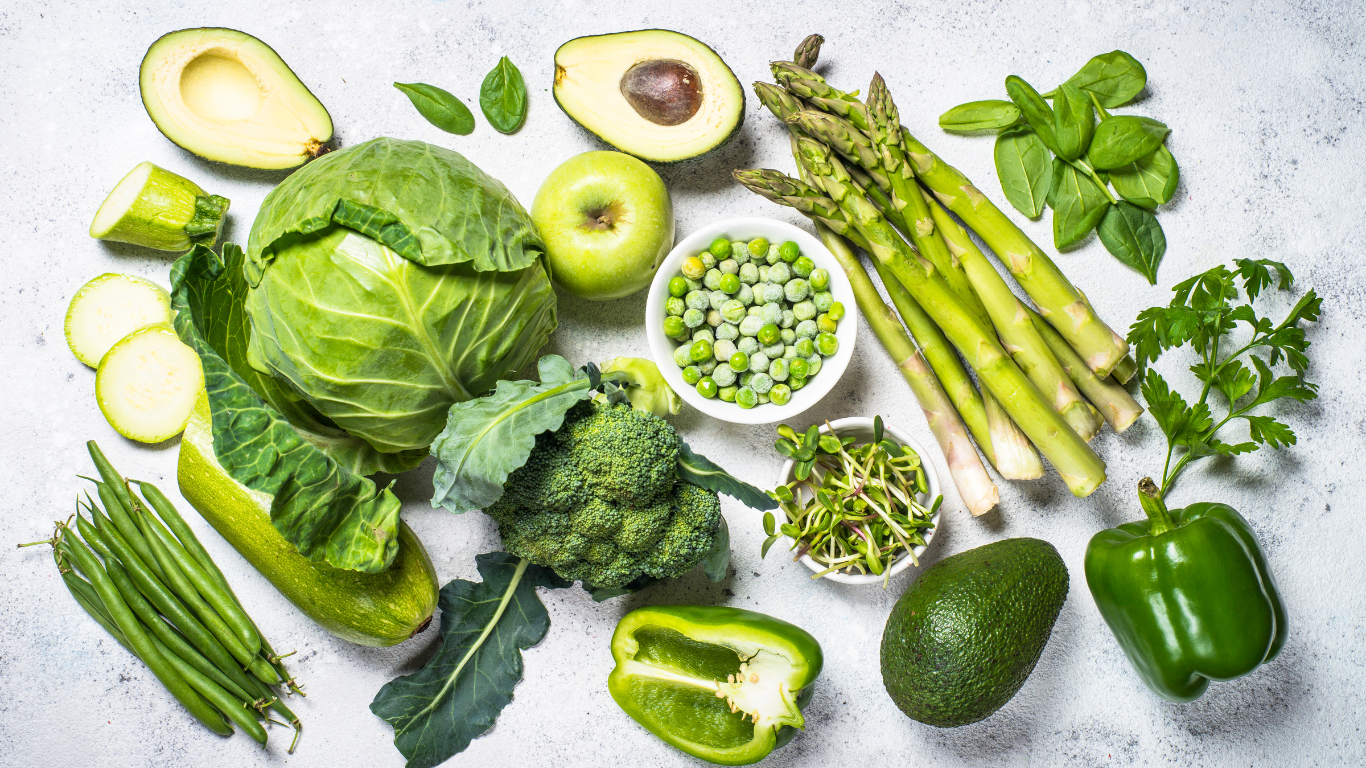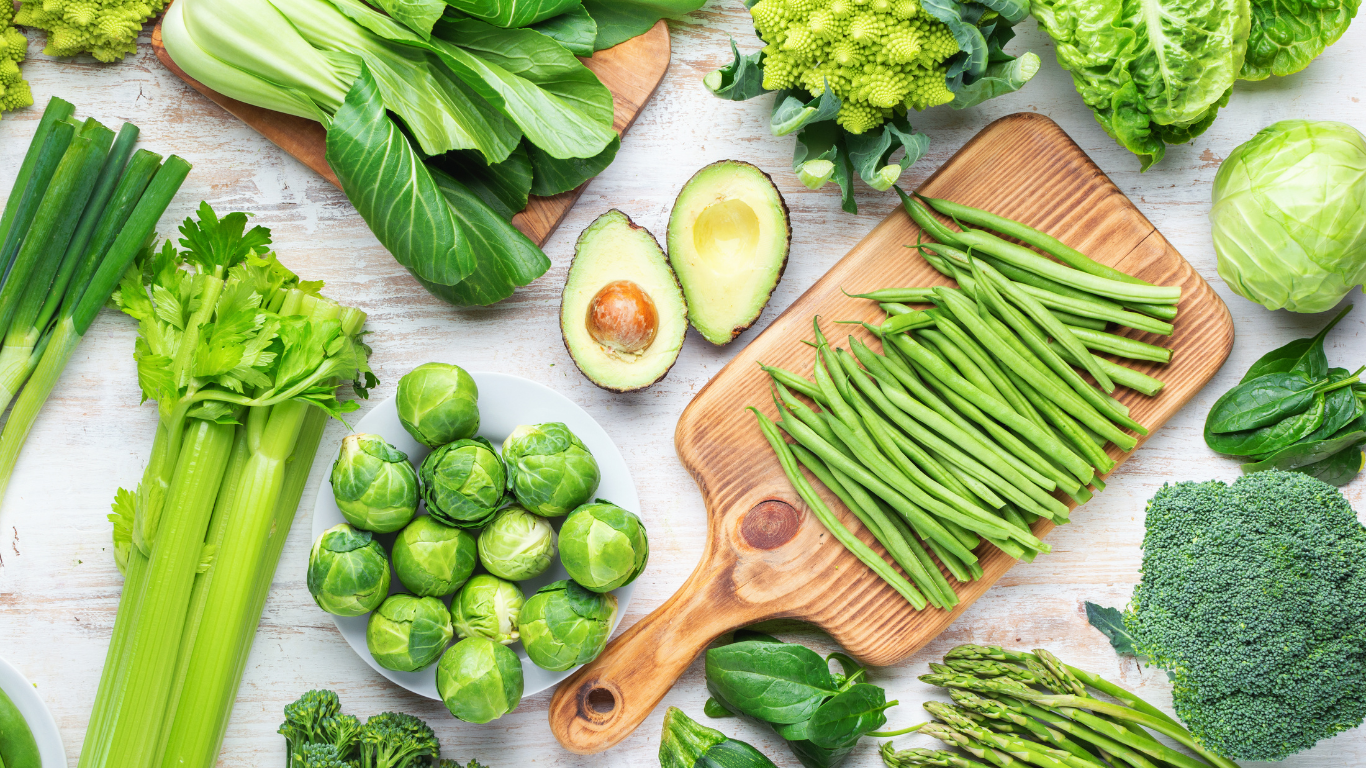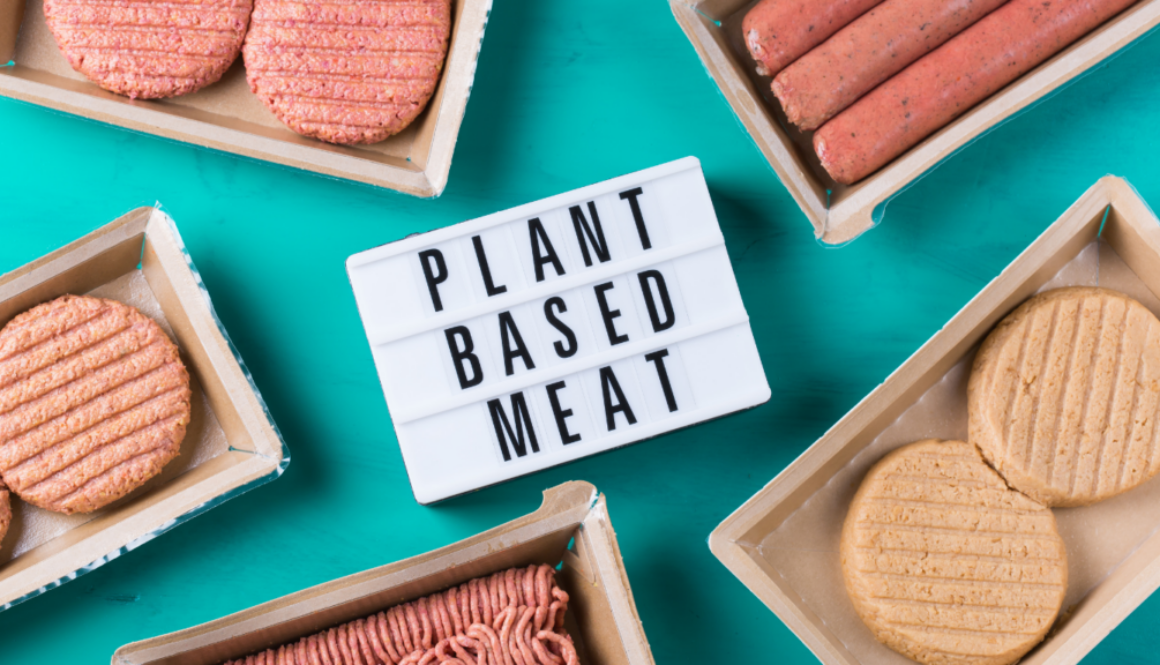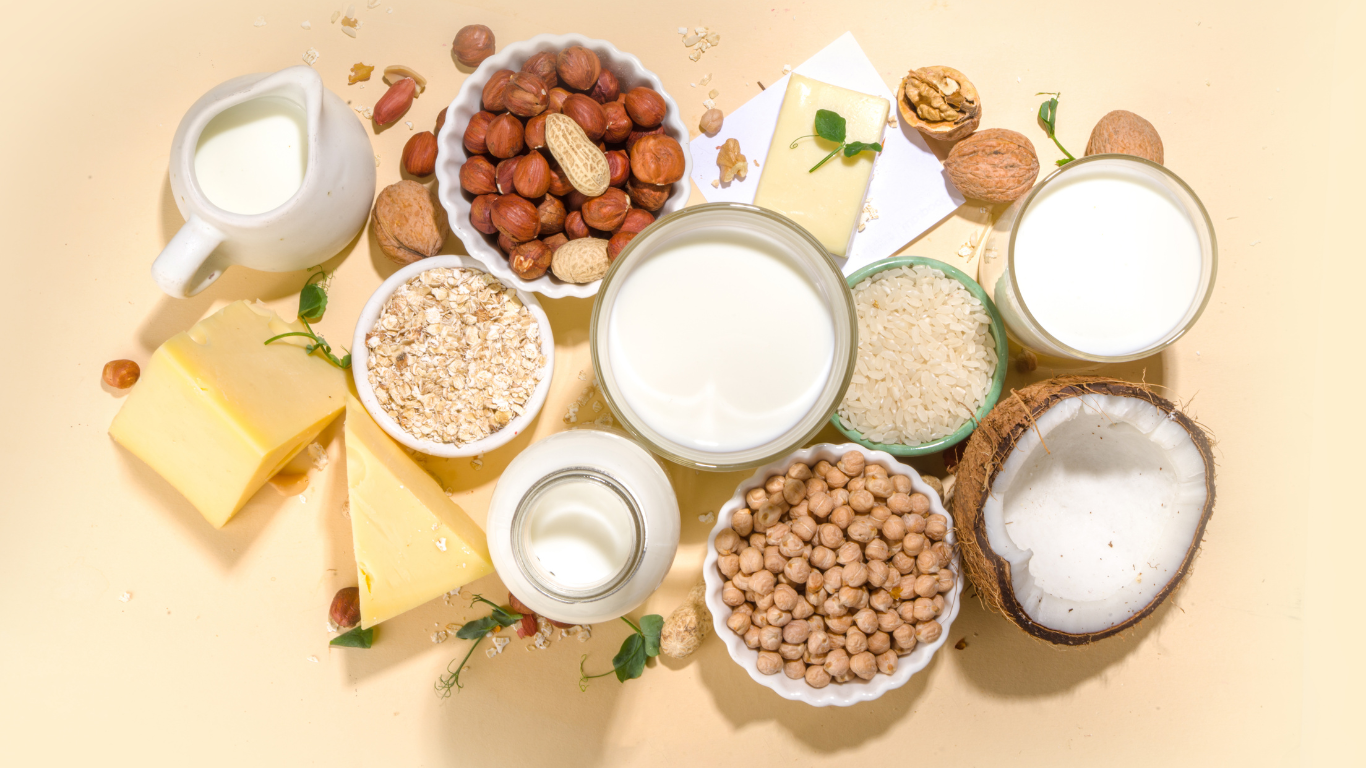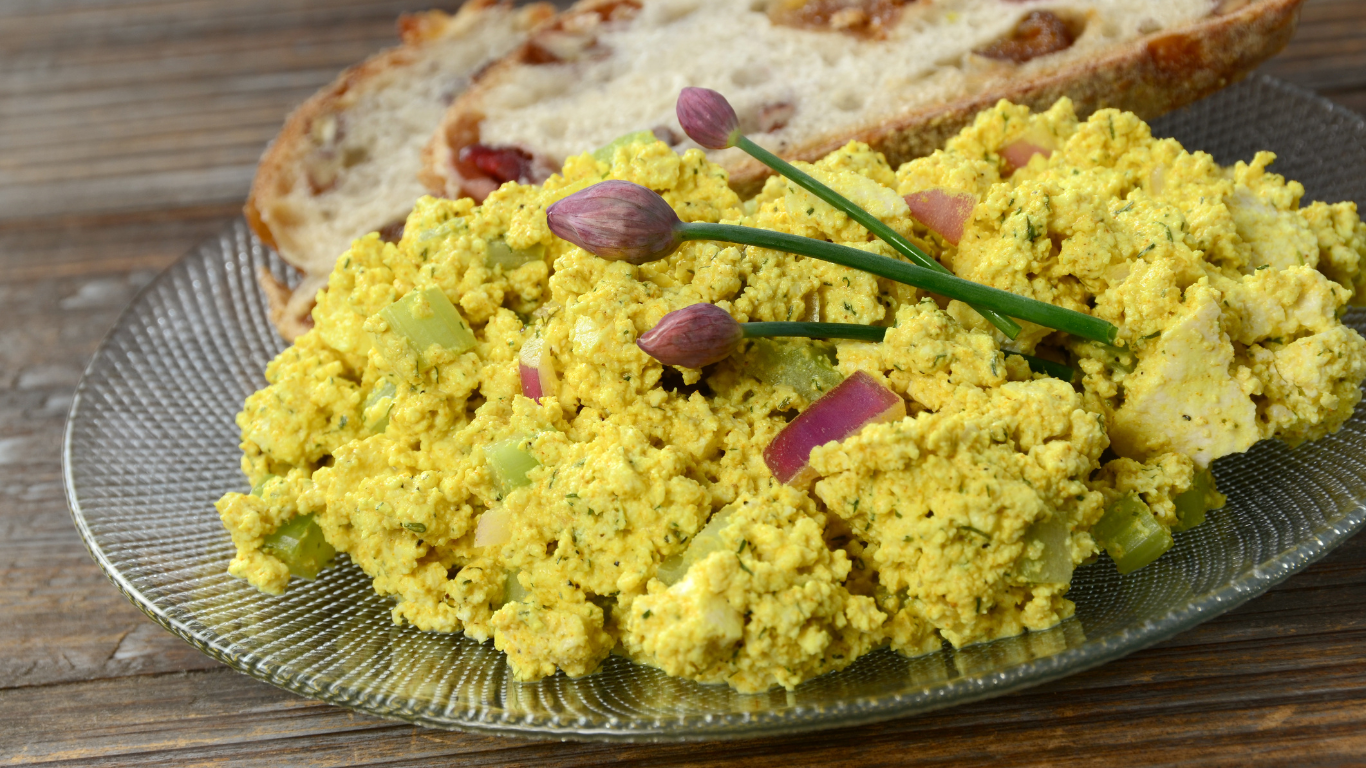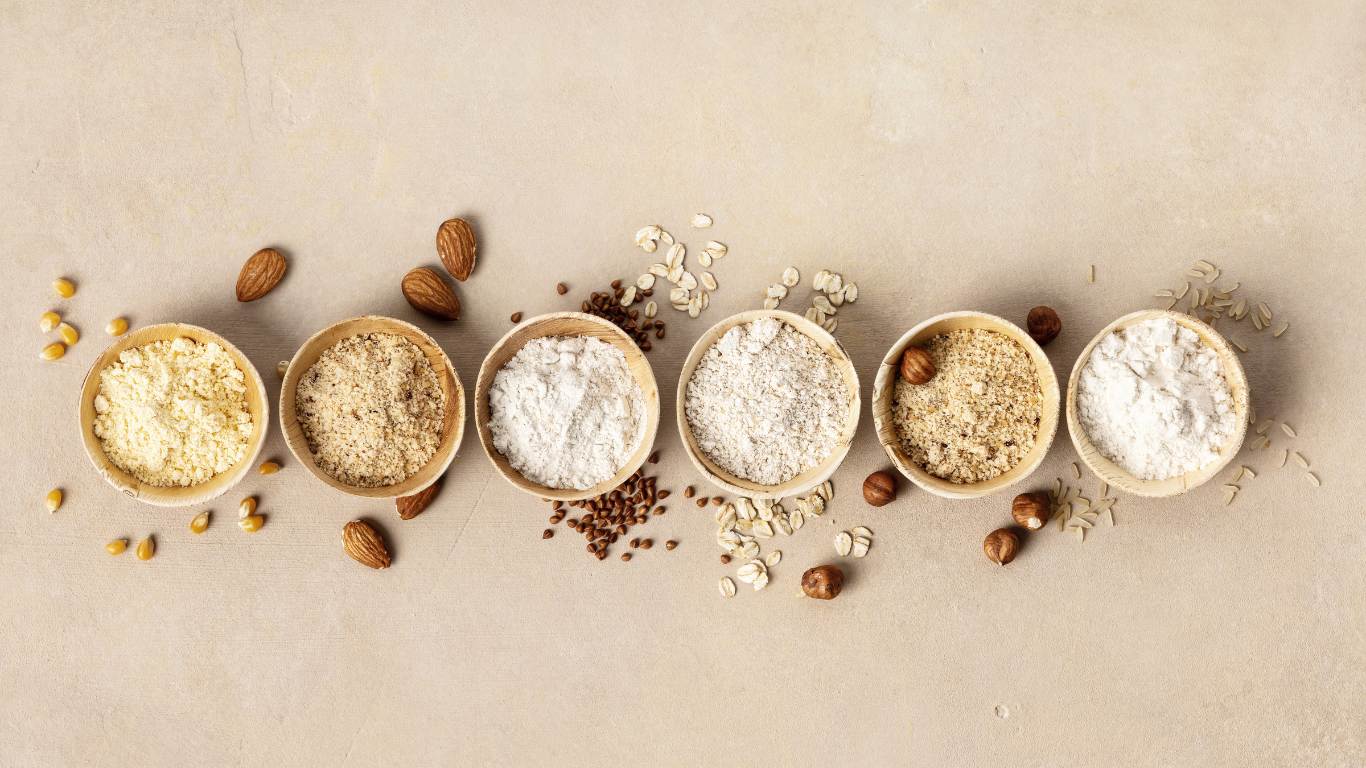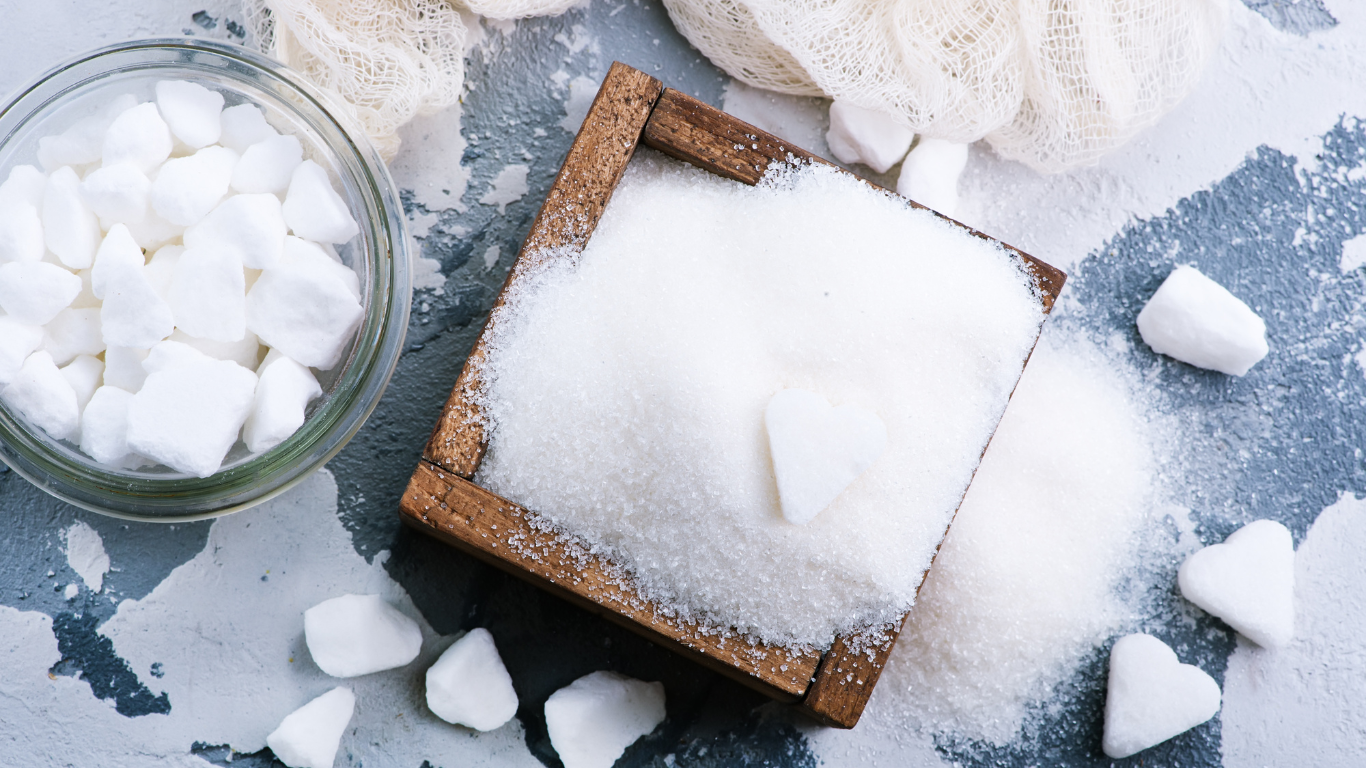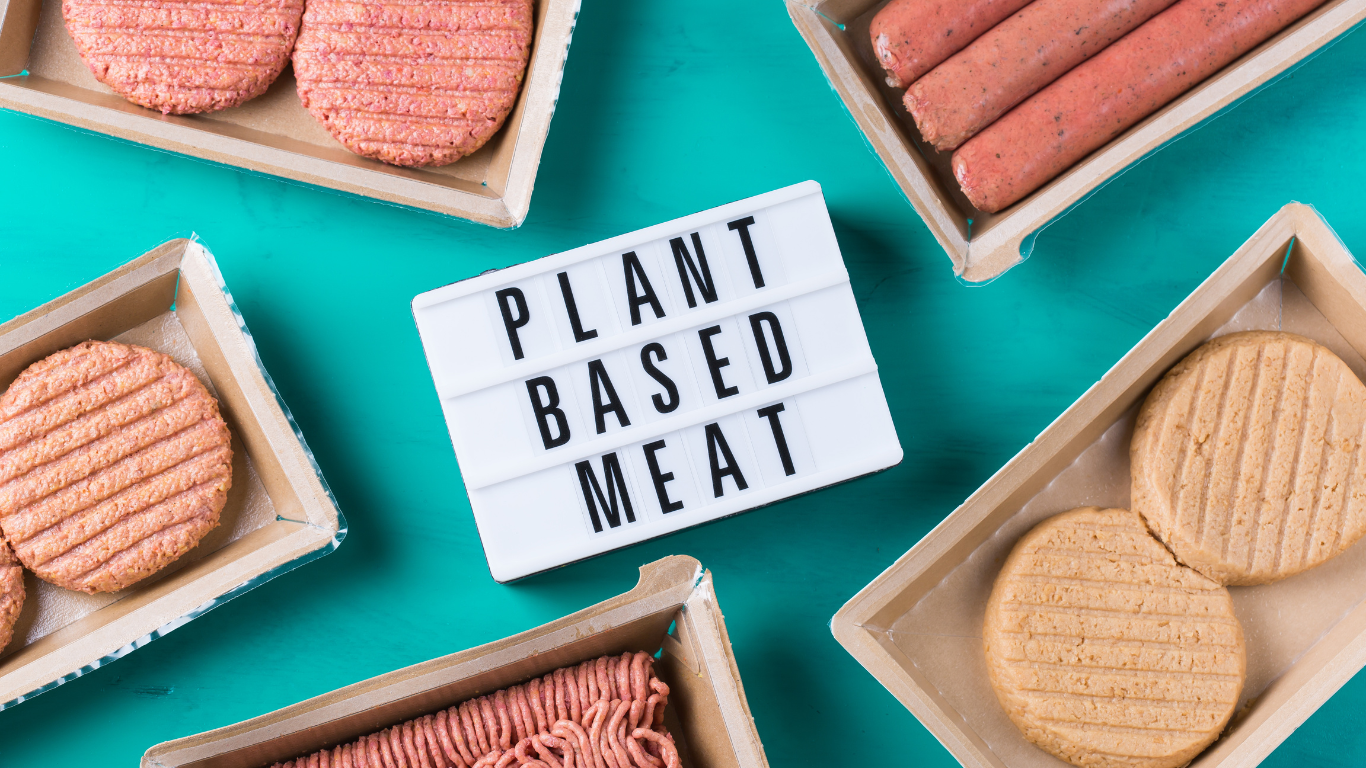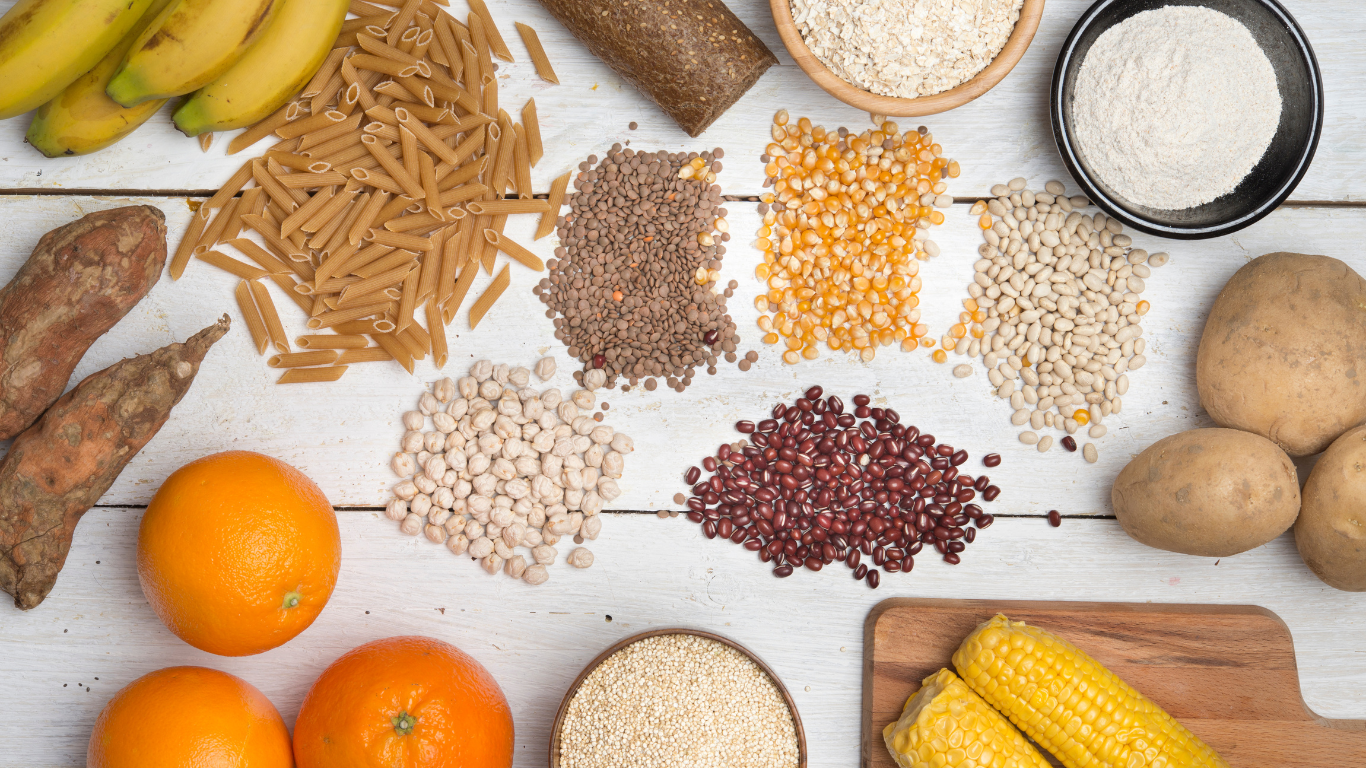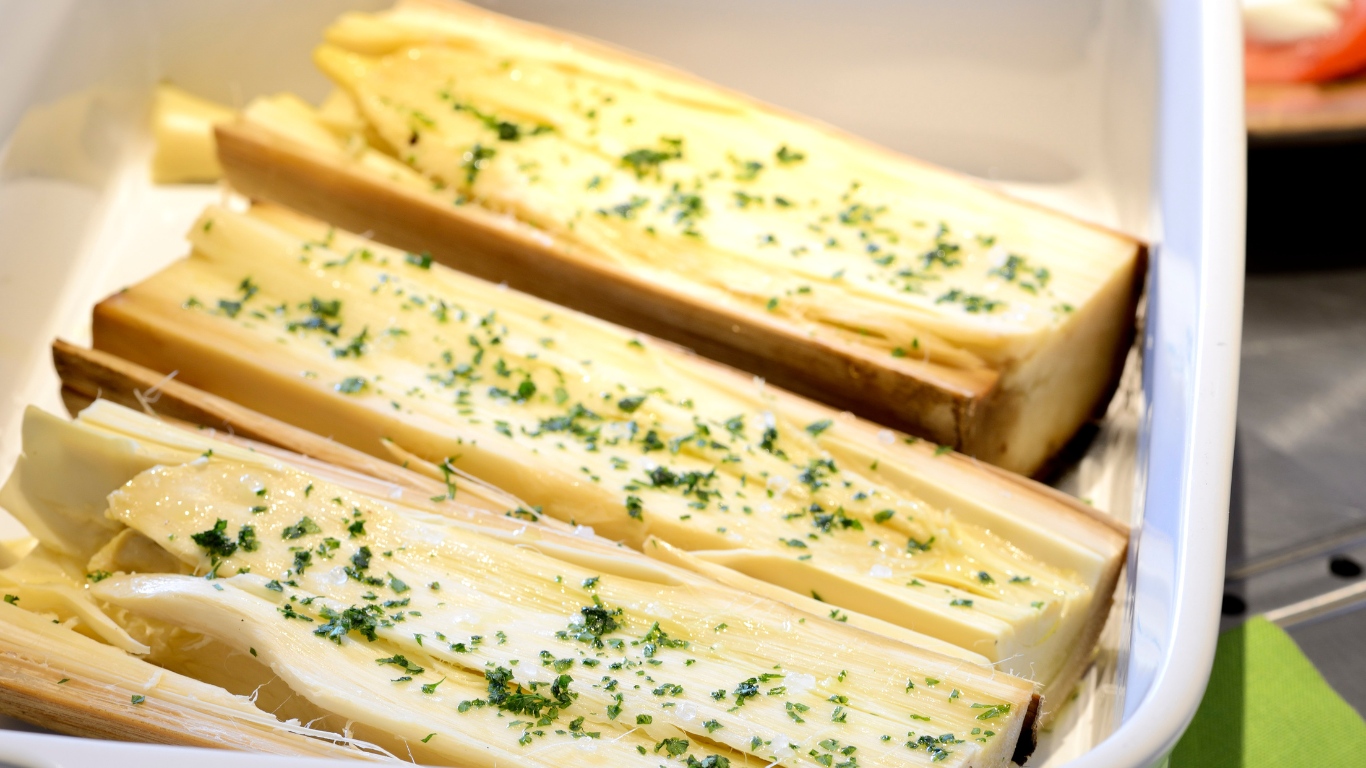SEAFOOD SUBSTITUTES
Seafood substitutes are a great way to enjoy the flavors and textures of seafood without harming animals or the environment. Here are some options to consider:
Hearts of Palm
1. Hearts of palm have a similar texture to crab meat and can be used in a variety of dishes, such as crab cakes and seafood salads. They’re low in calories and fat, making them a healthy option.
Seitan
2. Made from wheat gluten, seitan has a chewy texture that is similar to squid or octopus. It’s high in protein and can be used in dishes such as vegan sushi rolls and seafood stews.
King Oyster Mushroom
3. King oyster mushrooms have a firm texture that is similar to scallops. They can be sliced and sautéed, or used in dishes such as vegan clam chowder.
Nori Sheets
4. Nori sheets are made from dried seaweed and can be used to make vegan sushi rolls and wraps. They provide a slightly salty and oceanic flavor that is reminiscent of seafood.
Interested in the Lifestyle?
If you’re interested in eating more plant-based foods, vegan substitutes are a great option. By replacing meat, dairy, and other animal products with plant-based alternatives, you can enjoy a wide range of delicious and nutritious foods without sacrificing taste or texture. Plus, choosing vegan substitutes can also help reduce your impact on the environment and support animal welfare.
Some popular vegan substitutes include tofu, tempeh, almond milk, and cashew cheese, among many others. These alternatives offer a variety of health benefits and can be used in a wide range of recipes.
By incorporating vegan substitutes into your meals, you can diversify your diet, reduce your impact on the environment, and promote more ethical and compassionate food choices. So, next time you’re looking to try something new in the kitchen, give vegan substitutes a try and see how they can add new flavors and textures to your favorite dishes.
